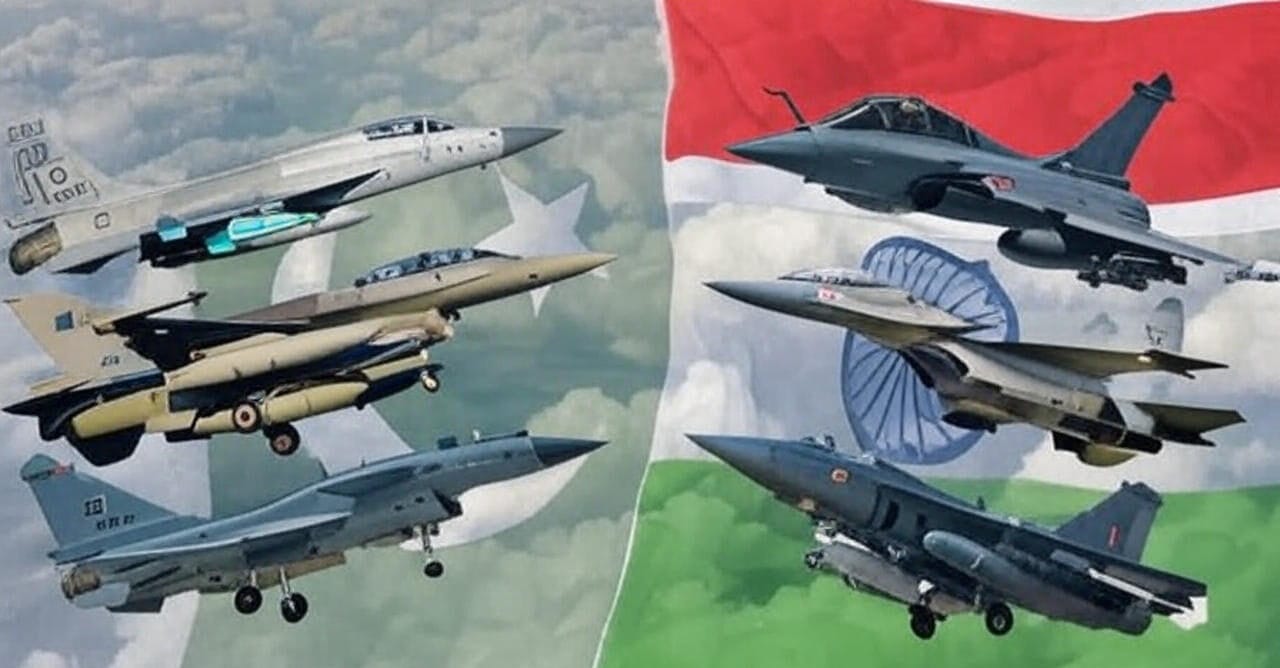
On the night of August 4, 2025, India-Pakistan teetered on the brink of a military conflict, as a significant escalation in air activity unfolded along the Line of Control (LoC) in the disputed region of Jammu and Kashmir. According to confirmed intelligence from confidential sources, the Pakistan Air Force (PAF) deployed approximately 50 fighter jets, including advanced J-10CEs and JF-17 Thunders, in response to a formation of 20 Indian Air Force (IAF) aircraft, comprising Rafale and Su-30MKI jets, conducting operations near the LoC. This intense standoff, lasting several hours, brought the two nuclear-armed neighbors dangerously close to war, though both sides exercised restraint, preventing a direct military engagement.
Context of Tensions
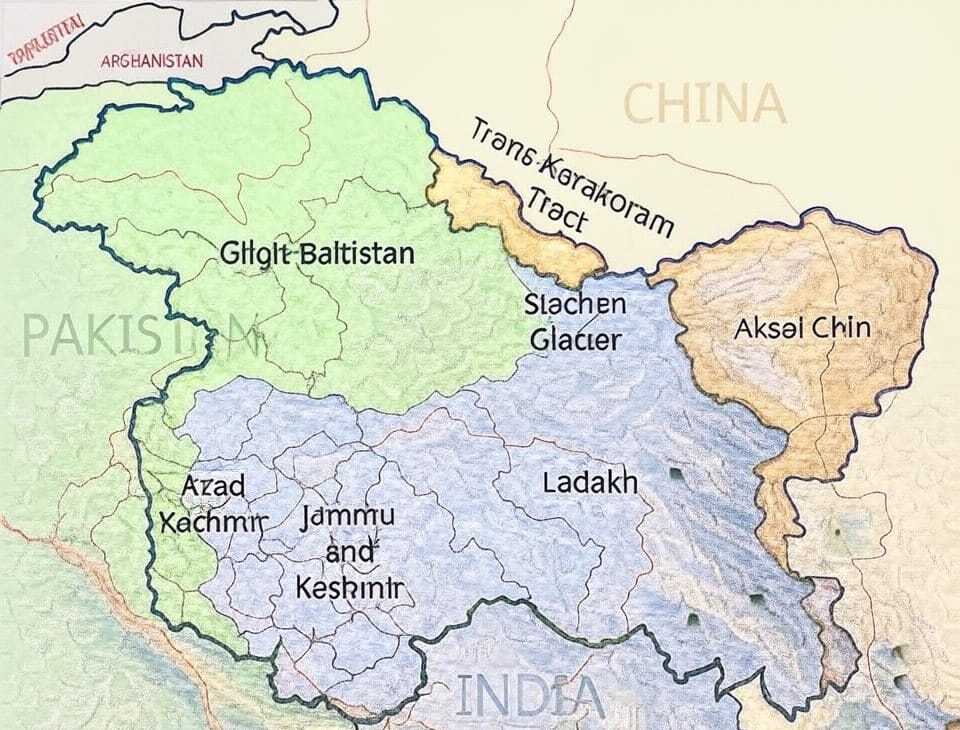
The incident follows a fragile ceasefire established on May 10, 2025, after a brief but intense conflict earlier in the year, codenamed Operation Sindoor. That conflict was triggered by a terrorist attack in Pahalgam, Jammu and Kashmir, on April 22, 2025, which claimed 26 civilian lives. India’s retaliatory missile strikes on alleged militant infrastructure in Pakistan and Pakistan-administered Kashmir led to a series of aerial engagements, with Pakistan claiming to have downed six Indian jets, including Rafales, using its Chinese-made J-10C fighters.India said they had some losses but didn’t say exactly what they were.
The May conflict, one of the largest aerial confrontations in recent history involving 125 jets, was resolved through the U.S.-mediated diplomacy, but mutual distrust persists, with both nations accusing each other of supporting terrorism or violating agreements.
A Near Miss
The standoff began at approximately 10:00 PM IST (9:30 PM PKT) on August 4, when Indian aircraft were detected conducting aggressive combat air patrols near the LoC. Confidential sources report that the IAF’s deployment included 20 jets, supported by advanced radar systems and the S-400 air defense network, signaling heightened vigilance. In response, Pakistan scrambled a formidable force of 50 jets, positioning them to counter any potential incursion into its airspace. The PAF’s rapid mobilization, including the deployment of Wing Loong II drones near Bahawalpur, underscored its readiness to defend its borders.
For several hours, the two air forces maintained a tense posture, with aircraft operating in close proximity to the LoC but refraining from crossing into opposing territory. Sources indicate that both sides adhered to strict rules of engagement, a cautious approach informed by the costly aerial clashes in May 2025, where long-range missile exchanges prevented direct border violations. The standoff de-escalated by the early hours of August 5, with no shots fired, though the incident highlighted the volatility of the India-Pakistan border.
Military Capabilities and Strategic Implications
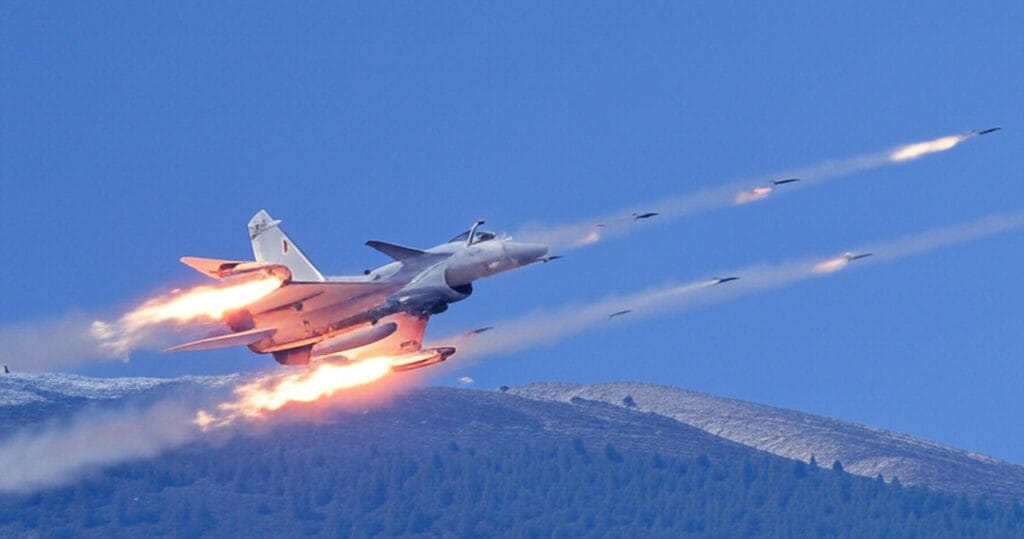
India’s air force, with 616 combat aircraft, including 36 Rafales and 260 Su-30MKIs, remains one of the region’s most formidable, according to FlightGlobal’s 2025 World Air Forces report. Pakistan, with 387 jets, relies heavily on its 134 JF-17s and recently acquired J-10CEs, which proved effective in May. Both nations have invested heavily in air defense and surveillance, with India’s S-400 systems and Pakistan’s advanced radar networks ensuring neither side can act without detection.
The August 4 incident underscores the precarious balance of deterrence and restraint in South Asia. The rapid deployment of such large air contingents reflects deep-seated mistrust and the ever-present risk of miscalculation. Diplomatic channels, including U.S. and Chinese intermediaries, have been active since May to prevent escalation, with President Trump claiming credit for averting a broader war earlier this year. However, the absence of direct dialogue between New Delhi and Islamabad leaves the region vulnerable to further flare-ups.
A Call for Diplomacy
The near-conflict on August 4, 2025, serves as a stark reminder of the need for sustained diplomatic engagement to address the root causes of India-Pakistan tensions, particularly the Kashmir dispute. Both nations must prioritize confidence-building measures, such as enhanced communication channels and adherence to ceasefire agreements, to prevent such incidents from spiraling into war.The world, especially the United States, needs to keep helping bring people together through talks and discussions.
As of August 5, 2025, the skies along the LoC remain calm but tense, with both air forces maintaining heightened readiness. The incident, while resolved without violence, underscores the fragility of peace in the region and the urgent need for de-escalation to ensure stability in South Asia.
Sources: Confidential intelligence reports; FlightGlobal World Air Forces 2025.
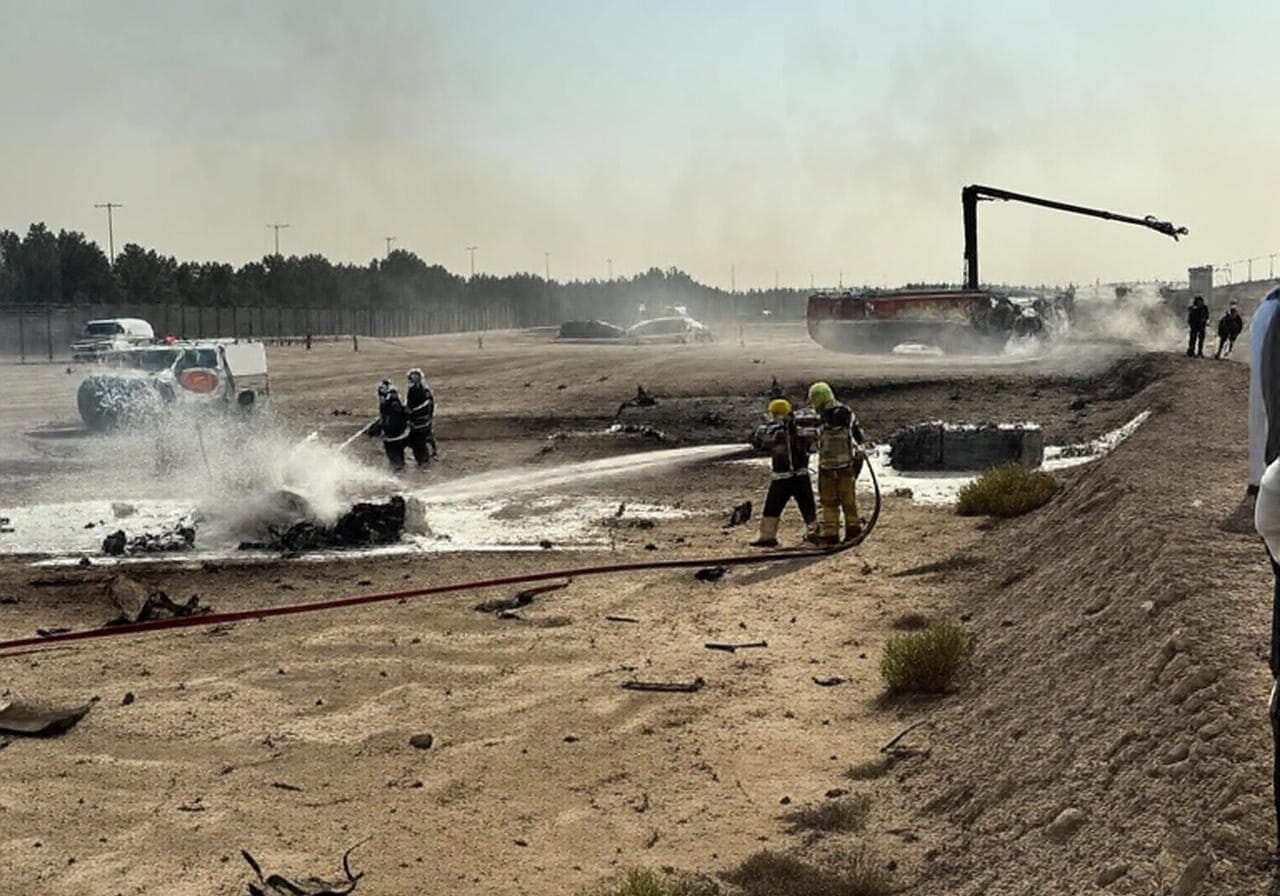
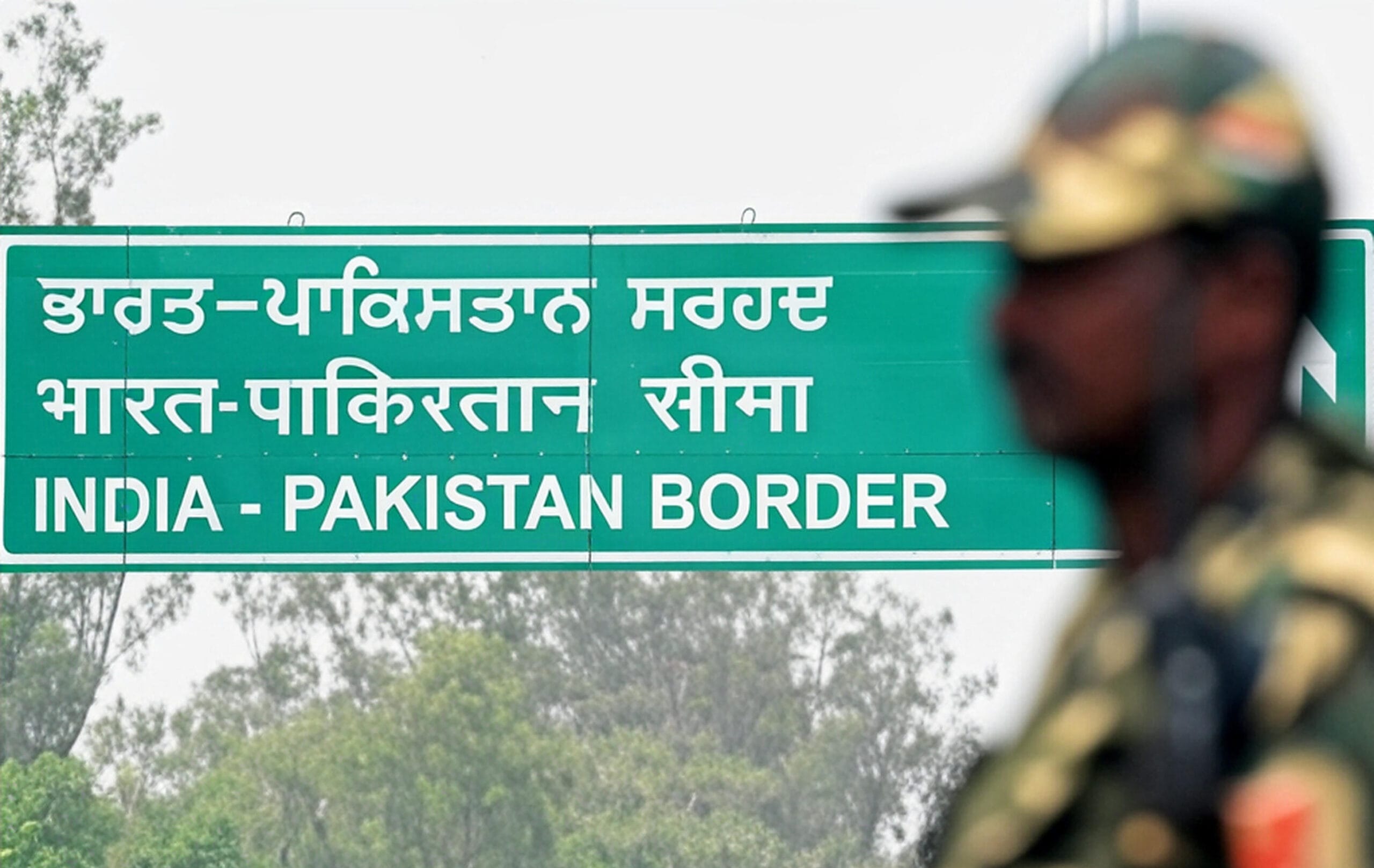
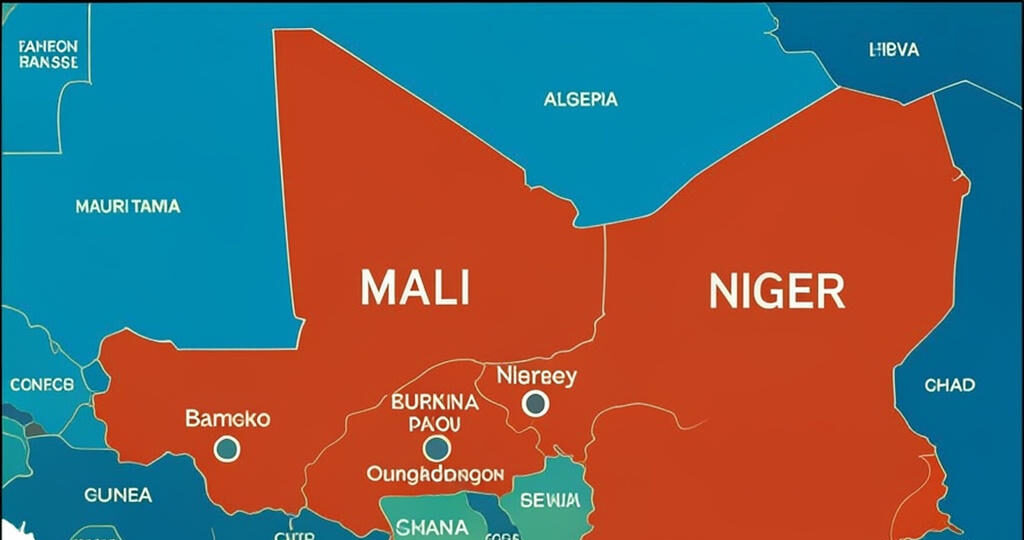
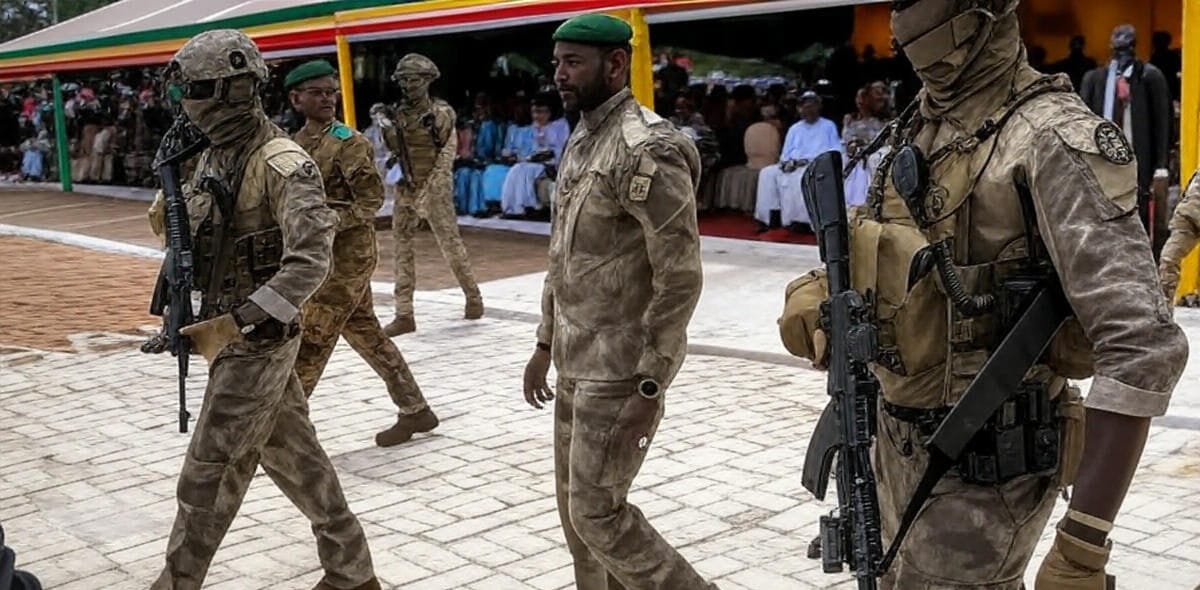
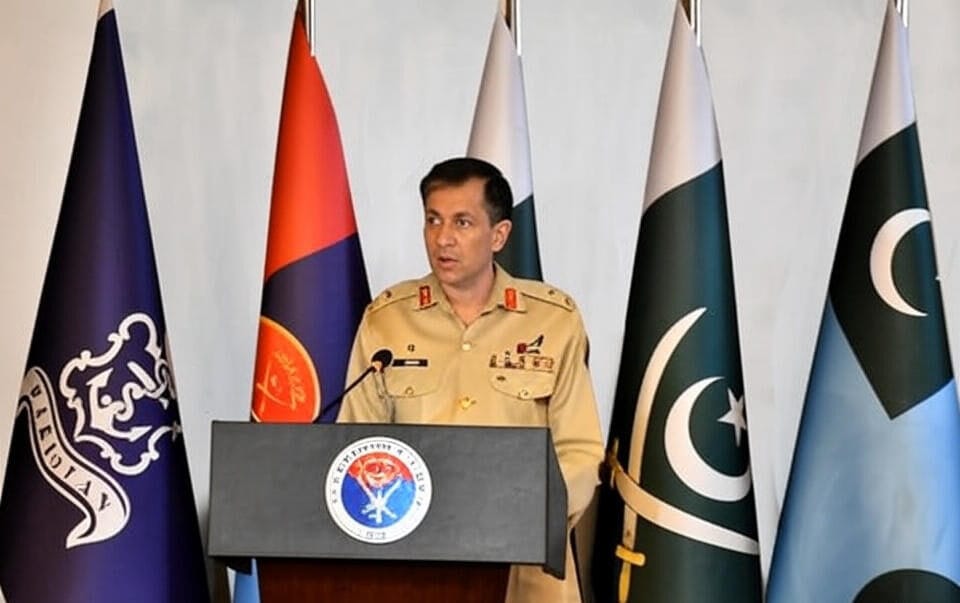

That’s a great point about accessibility in shooting games! It’s cool to see platforms like arionplay vip focusing on smooth experiences – easy registration & secure accounts are key for everyone, even newcomers! 👍